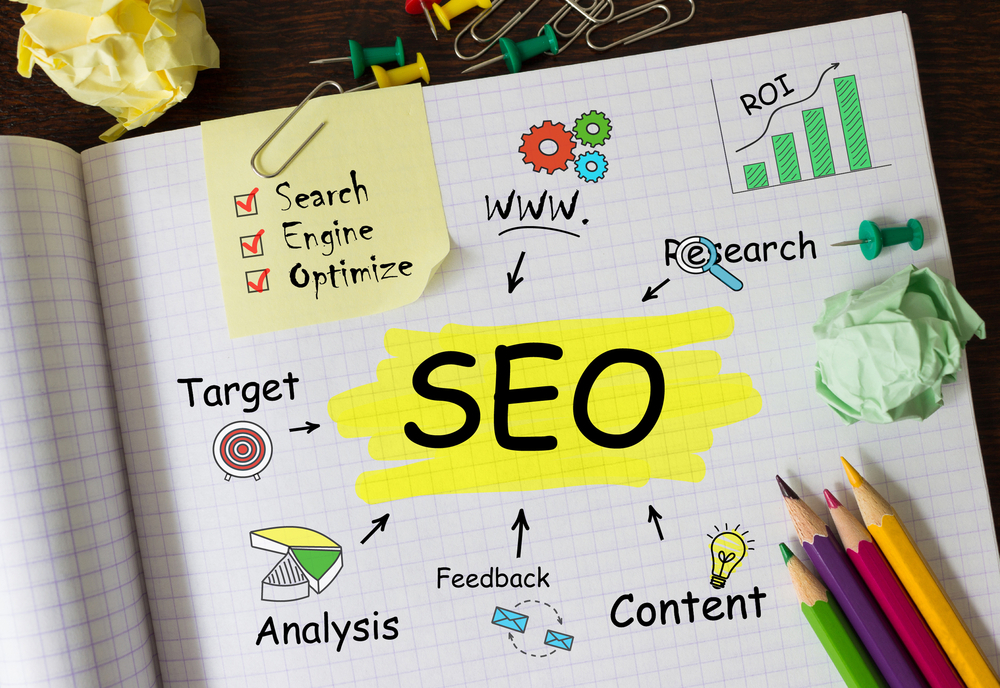
Given the immense popularity that blogging has gained in recent times, hundreds of bloggers have finally attained a secure platform to showcase their creativity. That said, bloggers are not people who simply offer their writing skills. They are also responsible for the performance of their content on search engines. They know how to target their content towards both the search engines and users. However, search engines are smarter today. This has made optimizing your blog all the more important to ensure that Google not only understands it but also ranks it highly in search results. You may have thought of specific keywords, and might even have a great blog ready at hand, but how do you optimize on-page search engine optimization (SEO) for your blog?
To begin with, on-page SEO can be defined as the method of optimizing HTML source code to provide clarity on what your content is about and the kind of information a certain page is offering. Some of the most important areas that need to be optimized are meta descriptions, page titles, URLs, and alt text.
Now, let us have a look at the basics of optimizing on-page SEO for a blog.
Optimize for Search Intent

Ranking in the search results can be compared to choosing players for a sports team. Google can be considered as the coach of its team that picks the finest pieces of content to create the first page for search results. If your content fails to live up to the standards, they get pushed to the next pages. The complete business model for Google relies on being able to serve the best content results on the first page. To better understand your audience’s search intent, have a look at the pages that rank at the top. It is a great way to acquire an understanding of what it takes to rank on the first page.
Use Proper Keywords
Using appropriate keywords goes a long way in providing your users with the relevant results they are looking for through their search term. Insert your target keyword within the first 150 words of your blog. Also, back this up by using a few semantically relatable words to support your main keywords. These keywords and terms should be included in titles, description, and alt text as well. All of this can make a great difference in improving SEO.
Implement Structured Data

Structured data is a type of code that makes it easier for search engines to crawl, organize, and display your content. There are several methods that help you structure the text in your blog. In case you are working with a great deal of information, you can make use of bullets or numbered points, which again, makes it easier for readers to scan through a page and discover what they need. You can then structure this text in the back end of your website which will help search engines understand your content, thus allowing your page to benefit from higher results in the SERPs.
Write Descriptive URLs
While optimizing your blog, remember that the blog URL must be meaningful and descriptive. Avoid using random letter combinations and meaningless numbers. The URL happens to be a very good place to insert your keywords as well. As statistics and facts can change over time, it is important to go back and update your content a few times throughout the year. So, you need to be wise enough to create an evergreen URL that can be used even after altering your content. In the meantime, if you decide on changing the URL, do take care of redirection to prevent unwanted 404 errors.
Ensure Fast Loading
While speaking of search engine results, a fast-loading landing page is a key factor. The speed of your landing page has a huge impact on the overall user experience. It is only a matter of seconds before people hit the back button after having to wait for your page to open. To keep a tab on your webpage speed, check your page on the Google PageSpeed Insights Tool. It allows you to check the speed of your pages one at a time. However, this makes the process both time-consuming and laborious. You can speed things up by using other professional auditing tools that scan all your pages and highlights the ones with any problems.
Use Meta Description & Meta Titles
Meta titles and meta descriptions may not have any contribution towards increasing your rankings in the SERPs, but it definitely has an impact on the conversions and user experience. A well-crafted meta title and description helps readers better understand the topic of your blog, which in turn boosts the click-through rates. Moreover, they are the very initial impression of your page to your visitors.

Add Image Alt Text
Image alt texts are the written copies that replace an image on a webpage, in case the image does not load for a certain reason on the user’s screen. They also help your website rank higher in the SERPs. Incorporating alternate text to your photos happens to be the first and foremost principle of easy web accessibility. For visually impaired users, the screen readers read out these alt texts to help them understand the on-page images. Lastly, alt tags always provide a much better image description or context to SEO crawlers, subsequently allowing them to more accurately index your images.
Optimizing Your Blogs for Best Results
On-page optimization for blogs requires a great deal of precision and has a number of pointers to it. However, if you get it right, your blog is much more likely to reach the heights of success you hope for and draw new users to your website. If you are relatively new to SEO and would like to draw more traffic to your blog quickly, enlisting the help of a digital marketing team who are familiar and successful with the process is a great idea.



